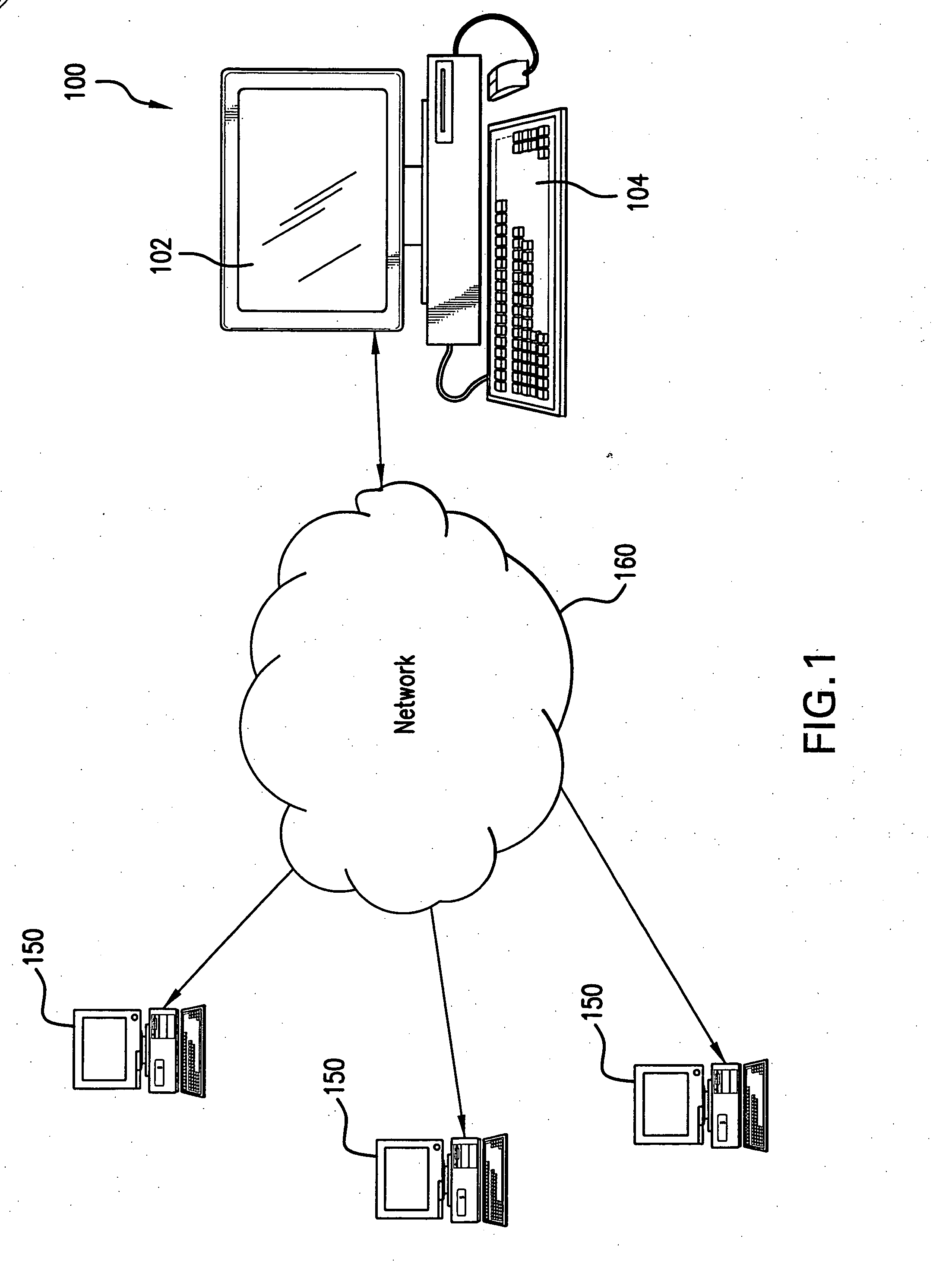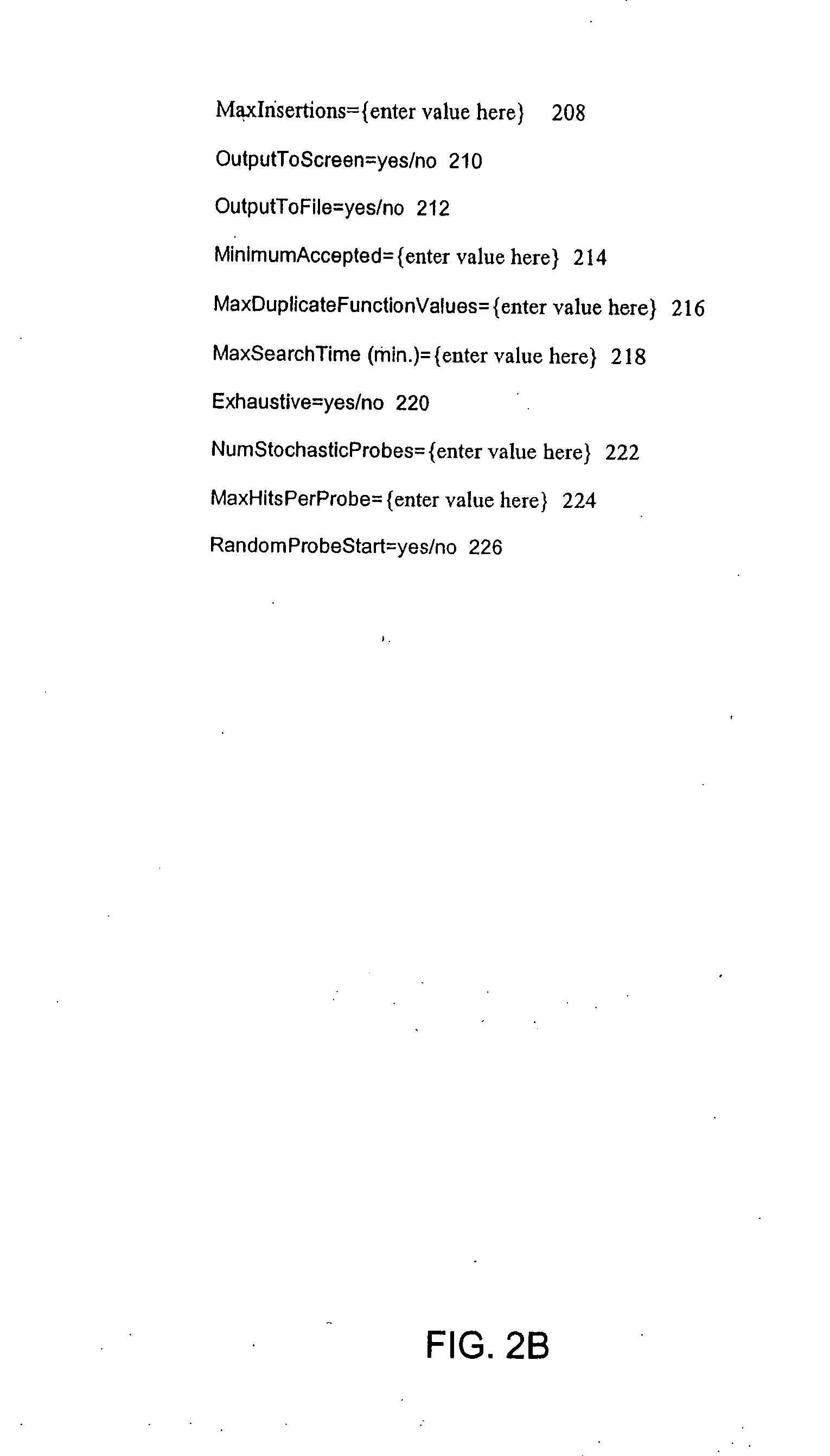Inducing cellular immune responses to human papillomavirus using peptide and nucleic acid compositions
a technology of human papillomavirus and peptides, which is applied in the field of inducing cellular immune responses to human papillomavirus using peptides and nucleic acids, can solve the problems of inability to culture hpv, hpv infection treatment is often unsatisfactory, and early vaccine development is hampered, so as to reduce the likelihood of escape mutants and enhance immunogenicity
- Summary
- Abstract
- Description
- Claims
- Application Information
AI Technical Summary
Benefits of technology
Problems solved by technology
Method used
Image
Examples
example 1
HLA Class I and Class II Binding Assays
[0601] The following example of peptide binding to HLA molecules demonstrates quantification of binding affinities of HLA class I and class II peptides. Binding assays can be performed with peptides that are either motif-bearing or not motif-bearing.
[0602] HLA class I and class II binding assays using purified HLA molecules were performed in accordance with disclosed protocols (e.g., PCT publications WO 94 / 20127 and WO 94 / 03205; Sidney, et al., Current Protocols in Immunology 18.3.1 (1998); Sidney, et al., J. Immunol. 154:247 (1995); Sette, et al., Mol. Immunol. 31:813 (1994)). Briefly, purified MHC molecules (5 to 500 nM) were incubated with various unlabeled peptide inhibitors and 1-10 nM 125I-radiolabeled probe peptides as described. Following incubation, MHC-peptide complexes were separated from free peptide by gel filtration and the fraction of peptide bound was determined. Typically, in preliminary experiments, each MHC preparation was ...
example 2
Identification of HPV HLA Supermotif- and Motif-Bearing CTL Candidate Epitopes
[0605] Vaccine compositions of the invention can include multiple epitopes that comprise multiple HLA supermotifs or motifs to achieve broad population coverage. This example illustrates the identification of supermotif- and motif-bearing epitopes for the inclusion in such a vaccine composition. Calculation of population coverage was performed using the strategy described below.
[0606] Computer Searches and Algorithms for Identification of Supermotif and / or Motif-Bearing Epitopes
[0607] The searches performed to identify the motif-bearing peptide sequences in Examples 2 and 5 employed the protein sequence data from seven proteins (E1, E2, E5, E6, E7, L1 and L2) (see, Table 11, below) obtained from HPV types 6a, 6b, 11a, 16, 18, 31, 33, 45, 52, 56, and 58 (see, Table 12, below).
TABLE 11Accession Nos. for Individual Proteins According to HPV TypeE1E2E4E5E5aE5bE6E7L1L26aQ84293Q84294Q84295N / AQ84296N / AQ84291...
example 3
Confirmation of Immunogenicity
[0624] Cross-reactive candidate CTL A2-supermotif-bearing peptides that are identified as described in Example 2 were selected for in vitro immunogenicity testing. Testing was performed using the following methodology.
Target Cell Lines for Cellular Screening:
[0625] The .221A2.1 cell line, produced by transferring the HLA-A2.1 gene into the HLA-A, -B, -C null mutant human B-lymphoblastoid cell line 721.221, is used as the peptide-loaded target to measure activity of HLA-A2.1-restricted CTL. This cell line is grown in RPMI-1640 medium supplemented with antibiotics, sodium pyruvate, nonessential amino acids and 10% (v / v) heat inactivated FCS. Cells that express an antigen of interest, or transfectants comprising the gene encoding the antigen of interest, can be used as target cells to test the ability of peptide-specific CTLs to recognize endogenous antigen.
Primary CTL Induction Cultures:
[0626] Generation of Dendritic Cells (DC): PBMCs are thawed in...
PUM
| Property | Measurement | Unit |
|---|---|---|
| structure | aaaaa | aaaaa |
Abstract
Description
Claims
Application Information
 Login to View More
Login to View More - R&D
- Intellectual Property
- Life Sciences
- Materials
- Tech Scout
- Unparalleled Data Quality
- Higher Quality Content
- 60% Fewer Hallucinations
Browse by: Latest US Patents, China's latest patents, Technical Efficacy Thesaurus, Application Domain, Technology Topic, Popular Technical Reports.
© 2025 PatSnap. All rights reserved.Legal|Privacy policy|Modern Slavery Act Transparency Statement|Sitemap|About US| Contact US: help@patsnap.com



